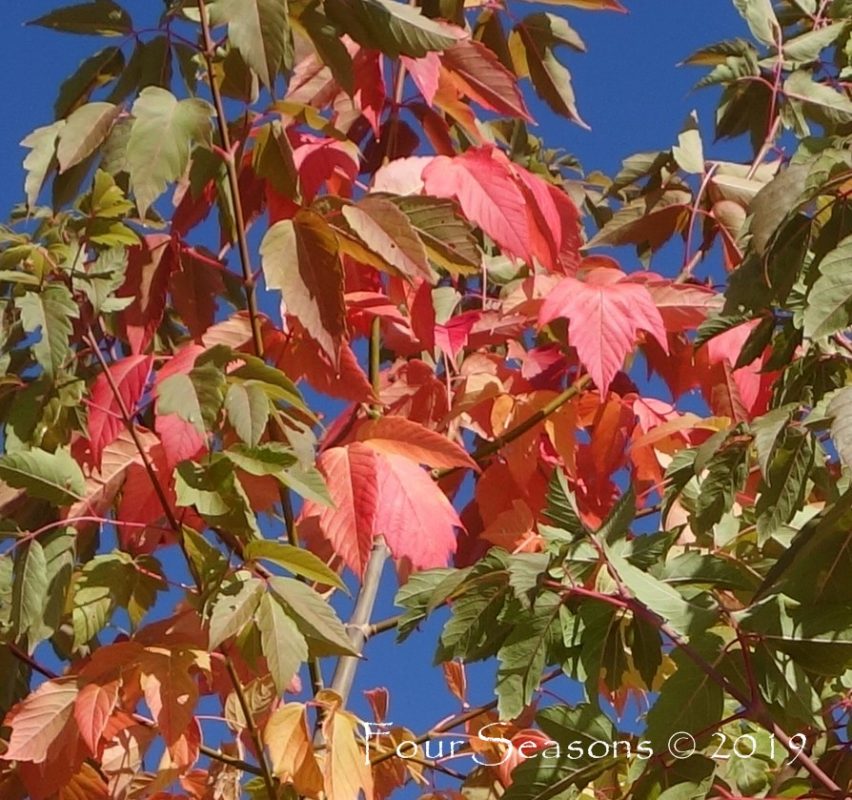Although spring is the season that immediately comes to mind when most people think about gardening, fall really is the best season to plant trees, shrubs, perennials, pansies and mums.
Fall planting is optimal for several reasons. If you aren’t a fan of working outdoors during the heat of the summer, or digging in the cold soil of early spring, fall is a much more pleasant time to work outdoors in the garden.
For best results, plant up to six weeks before the ground freezes in your area. This allows the plant time to root in and gives them a six month jump on next season because when you plant a tree, shrub, or perennial, much of the plants energy is directed towards rooting in before producing leaves. In the fall, most of these plants aren’t actively producing new foliar growth, so all of their energy can be directed towards rooting in. Next spring, they will have accomplished that task and will be ready to leaf out.
Since the ground is warm from the heat of the summer, the perfect conditions to allow new plants to root in have been created. I liken it to putting your feet into a nice warm bath now versus plunging them into ice water in the spring when the ground has just thawed and is still cold. Which would you choose?
The cooler air temperatures will also lessen the transplant shock. Planting during the hot summer months can stress plants if it’s too warm, dry or windy. Since it will be cooler, there will be less of a demand for water and it’s much easier to keep them hydrated and happy when it is 70 degrees, rather than when it’s 95 degrees. However, this does not mean that you can plant them and forget them. You will still need to provide supplemental watering throughout the fall until the ground freezes and about once a month throughout the winter thereafter.
Planting in the fall generally also means that there are less disease and pest problems as both of these will be starting to go away as the temperatures cool and it begins to freeze.
There are a few caveats however. Avoid planting things now that are pushing it in terms of hardiness. If a particular variety is borderline for being hardy in your area, you might be better to wait until spring so that it has a season behind it before facing the freezing winter conditions. The more established and the better rooted in it becomes, the greater its chances of survival.
The same holds true for evergreens. Depending on where you live, you may be better off waiting until spring to plant these since they retain their needles all winter, they can be more susceptible to drying out and will do better if they have a warm season of growth behind them.
Adding a layer of mulch when you plant at this time of year is important and in some cases, essential. Mulch acts as an insulating blanket and will keep the soil protected from any early unseasonably cold temperatures allowing the plant to continue to root in well. It will also help to retain moisture and works to add an additional layer of protection once winter arrives.
Fall really IS for planting and some things truly will do best when installed now, so grab your shovel, get out and enjoy the great weather!

